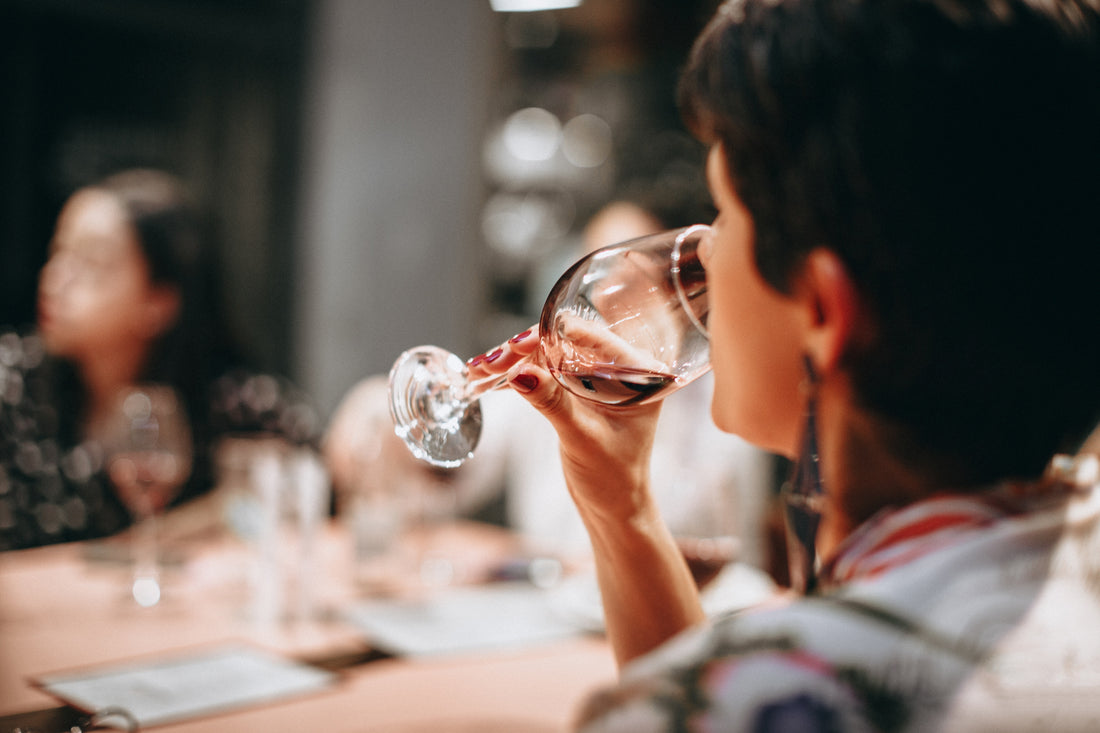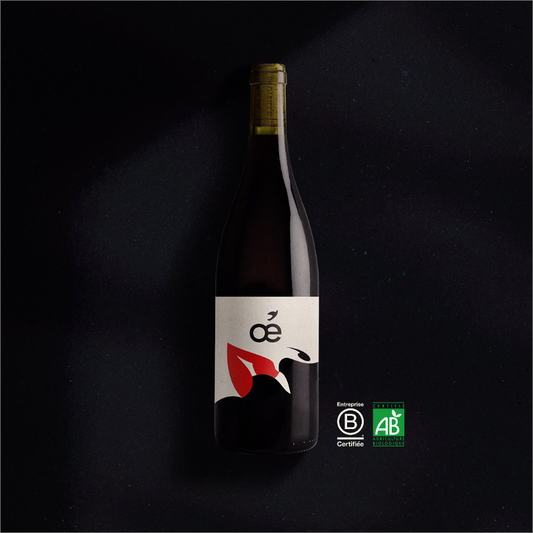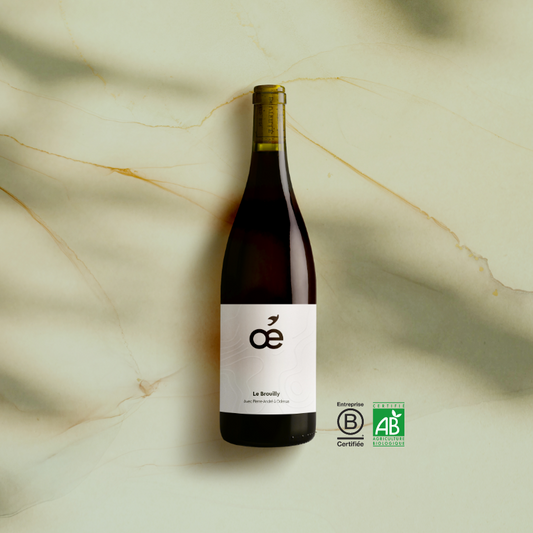"It's a rock!... it's a peak!... It's a cape!"
What am I saying, is it a cape?… It's a peninsula! »
Does this quote speak to you? It is Cyrano De Bergerac of course, of the same name as our famous Côtes-de-Bergerac . Speaking of wine, let's talk about the nose of wine !
Olfactory pleasure, a journey with your eyes closed
The smell of your mum's perfume, the smell of toast that tickles your nostrils when you wake up, the smell of salt tides that herald family vacations...there are thousands of smells , they are universal and yet so personal. We love !
Smell is one of our five senses along with sight , hearing, touch and taste . Very practical for capturing information, it is above all a real source of pleasure . We all have a smell that makes us melt like snow in the sun...
The olfactory function is widely used in cooking, as is sight. To all the great fans of Top Chef, you have surely noticed that the dishes are first judged on the dressing and then the chefs have a great time smelling the plate as if reading the summary of a book. There are also restaurants where you eat with your eyes closed or in the dark to be able to concentrate mainly on the taste and the smells . You too may have done blind tests at home while having fun, with your eyes closed, to recognize by taste or smell , a dish or a drink. At Oé we like to do it from time to time. If you don't, we recommend it, it's very funny and who knows, you may become an expert in oenology !
To make everyone agree and immerse yourself in your memories, let's talk about the lotto of smells. This famous board game where you have to trust your nose to find what is hidden behind each smell. It punctuated our childhood and made our senses travel .
If we talk about smells today, it's because wine is a master in this field. The famous tasting stage where you bend your nose over your glass of wine with curiosity and desire (and without moderation this time).
The aromas of wine, a dictionary of smells
There are liquids that have taste and yet no smell. Water for example. If you're blindfolded and inhale a glass of water, you'll probably say you don't feel anything. On the other hand, water has a taste and as surprising as it may seem, there are even some who do not like water.
With wine no risk, blindfolded you can be sure that your nostrils will be tickled. Make way for travel, the aromas of wine are numerous.
There are many drinks that are unique, their taste and smell do not change. There are thousands of kinds of wine. Between the different grape varieties , the different terroirs , the different regions, the different climates , the different vinification methods and so on, you will never cease to be amazed by the diversity of this beverage with a thousand and one surprises.
Let's get back to our sheep, and especially to our aromas . A good organic wine is made from grapes grown and vinified with love by its winemaker . Grapes naturally contain aromas that are as varied as they are delicious. Depending on the grape variety , therefore the type of grape, the aromas change. If you're not familiar with the notion of grape variety and you have trouble understanding it, it's very simple, it's as if the grape was the dog and the grape variety the breed of dog. Between a chiwawa and a German shepherd, the size, the power or the speed are different. In short, many things separate them and yet they are both dogs. For the grapes, it's the same thing, between a pinot noir , a cabernet-sauvignon , a chardonnay or a merlot , the nuances to the naked eye really feel once in the glass.
Physically, the grape varieties can be differentiated by their size , by the thickness of their skin or by their color . Some grapes are more adapted to extreme conditions, others are more fragile and require special attention. The grape varieties therefore have favorite geographical areas in which they can perfectly express their full potential. Merlot and Cabernet Sauvignon have made the Bordeaux region their favorite land, Pinot Noir reigns supreme in the Burgundy region , Riesling particularly appreciates Alsace and the Provencal sun is perfect for Ugni Blanc . . As you will have understood, the grape varieties give you good indications on the region in which your wine was produced and it also gives you clues on the aromas that you will be able to smell.
At Emmanuel , the vines are lucky enough to share the land with the lavender .

And in the glass how does it go?
The winegrowers are true Druids, they perfectly master the art of winemaking and know the properties of the grape varieties they grow inside out . So to concoct the perfect drink, they establish a mixture of flavors and characters to offer you a wine in their image .
The grape varieties and the terroirs are the main players in the fruity , floral and vegetal aromas of the wine. We are more used to talking about herbal tea with jasmine or red fruits and yet Malbec , the main grape variety of the AOC Cahors , exudes the freshness of jasmine and blueberry.
Wine is a drink that is full of good surprises, the nose of some wines is so pleasant that you hardly dare to taste it. Our Corbière s with its English candy nose leaves a very sweet and delicate memory . Enjoy it chilled as an aperitif accompanied by raw vegetables and a mayonnaise sauce or homemade hummus , it's delicious!
The winegrower can also count on his know-how during vinification to develop the aromas of the wine . The aromas of fresh fruit can develop into aromas of dried fruit, cooked or stewed for example.
Have you ever heard of tertiary aromas?
These are woody , burnt, empyreumatic aromas , which appear during the aging of the wine , a stage which is between alcoholic fermentation and bottling . For young wines, aging lasts a short time (1 to 2 months) so the tertiary aromas are poorly developed and it is the primary and secondary aromas that are the most present. Wines with a longer aging (one year and more), allow the evolution of the wine, the softening of tannins and the appearance of tertiary aromas . Raising the wine in wooden barrels also allows you to bring a woody side and to offer it a nice controlled oxidation so that it has a good maturity . There is only a step between a top-of-the-range wine and a wine that turns sour . It is the talent of the winegrower who speaks to make great wines .
Indulge your nose and your taste buds by tasting our selection of good organic wines with bewitching aromatic fragrances . Discover our white wines , our red wines , our rosés and our sparkling wines , perfect for a good tasting with friends and family!





